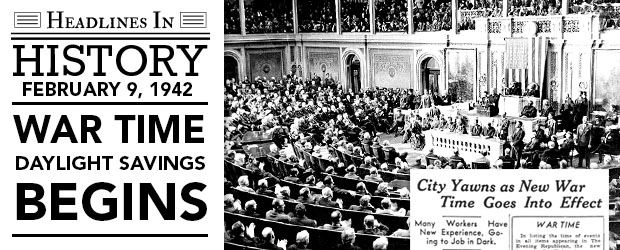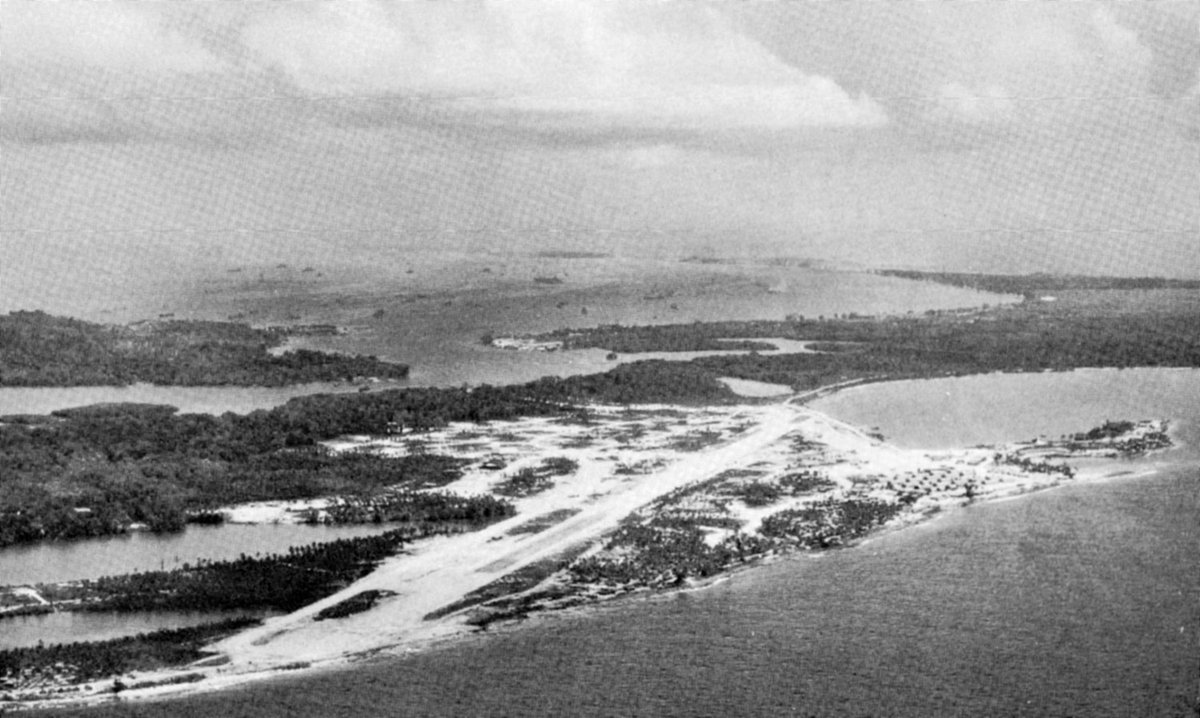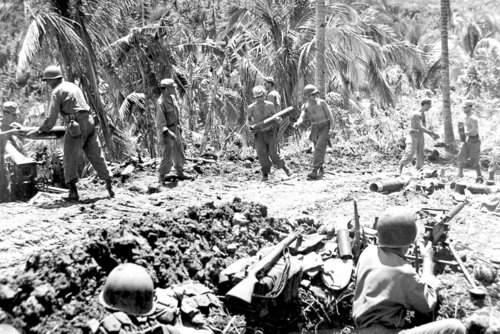
SOLDIER PROFILE – CATHAY WILLIAMS, FIRST BLACK WOMAN TO ENLIST IN U.S. ARMY
Before the U.S. Army permitted them to enlist, some women, like Cathay Williams, sought to serve their country by joining the Army disguised as men.
#Armyhistory #USArmy #TRADOC #WomensHistoryMonth
Before the U.S. Army permitted them to enlist, some women, like Cathay Williams, sought to serve their country by joining the Army disguised as men.
#Armyhistory #USArmy #TRADOC #WomensHistoryMonth

Born into slavery in 1844, Williams lived in an area of Missouri that was captured by the Union in 1861. Williams became a camp follower attached to various Union armies and mostly performed a cook’s duties through the remainder of the war.
#MilitaryHistory #Diversity @USArmy
#MilitaryHistory #Diversity @USArmy
Not wishing to leave the Army life, Williams disguised herself as a man, took the name “William Cathey,” and enlisted in NOV 1866. She was assigned to the 38th Infantry Regiment, one of the newly formed all-Black U.S. Army regiments referred to as “Buffalo Soldiers.” @TRADOC 

Williams concealed her gender for nearly two years while serving at various posts across the West. She was discovered when she fell ill in JUL 1868, and she was discharged in OCT. Williams applied for a veteran’s pension in 1891, but her claim was denied. @TradocCG @SecArmy 

• • •
Missing some Tweet in this thread? You can try to
force a refresh

















